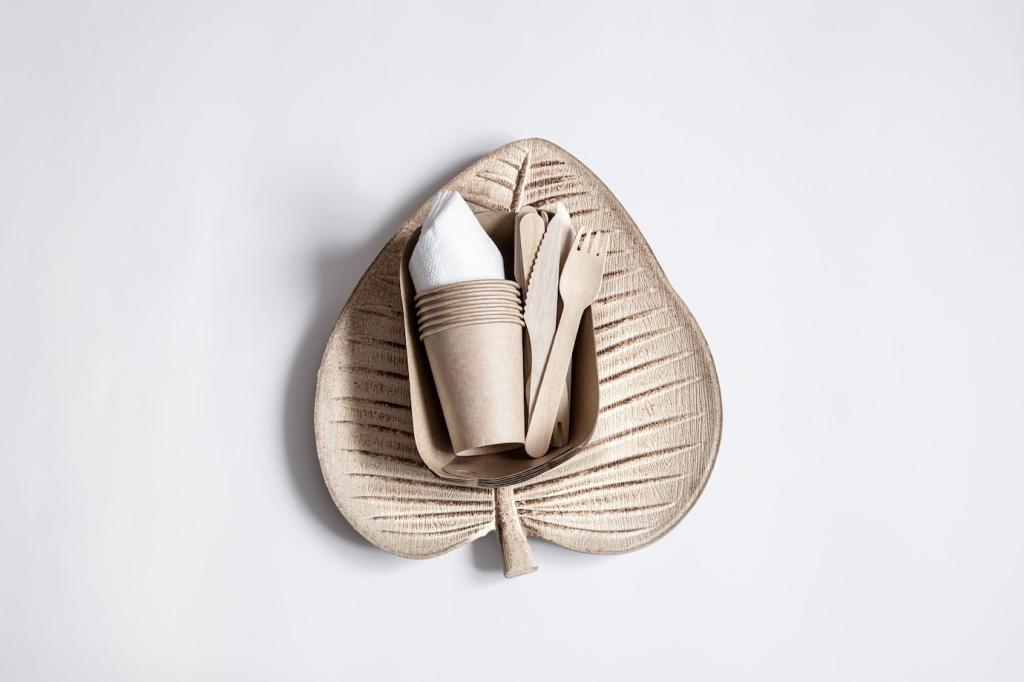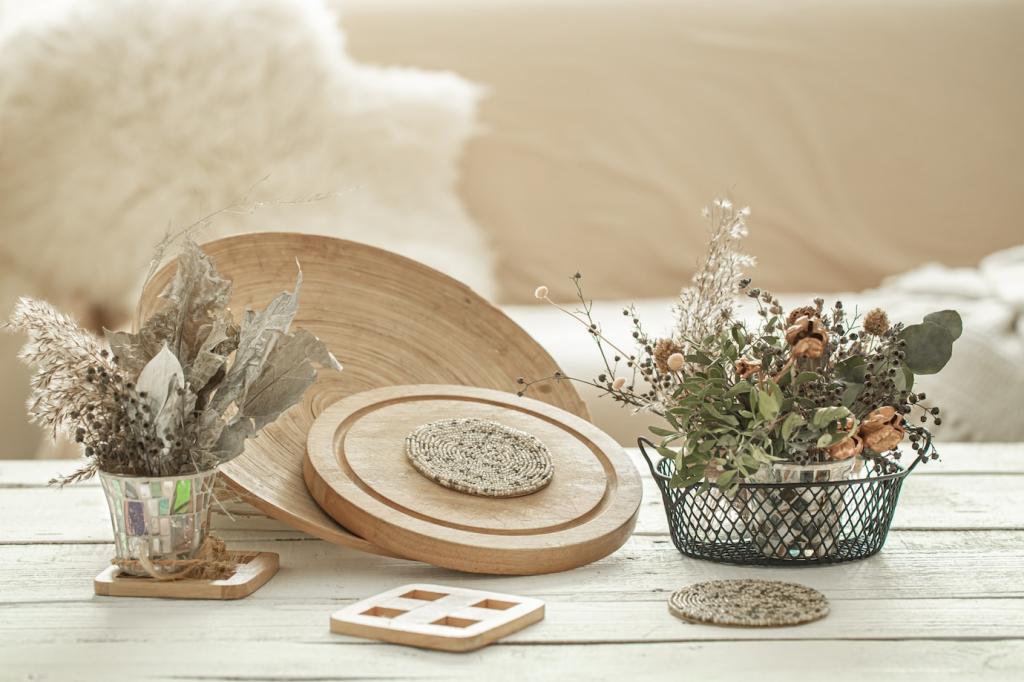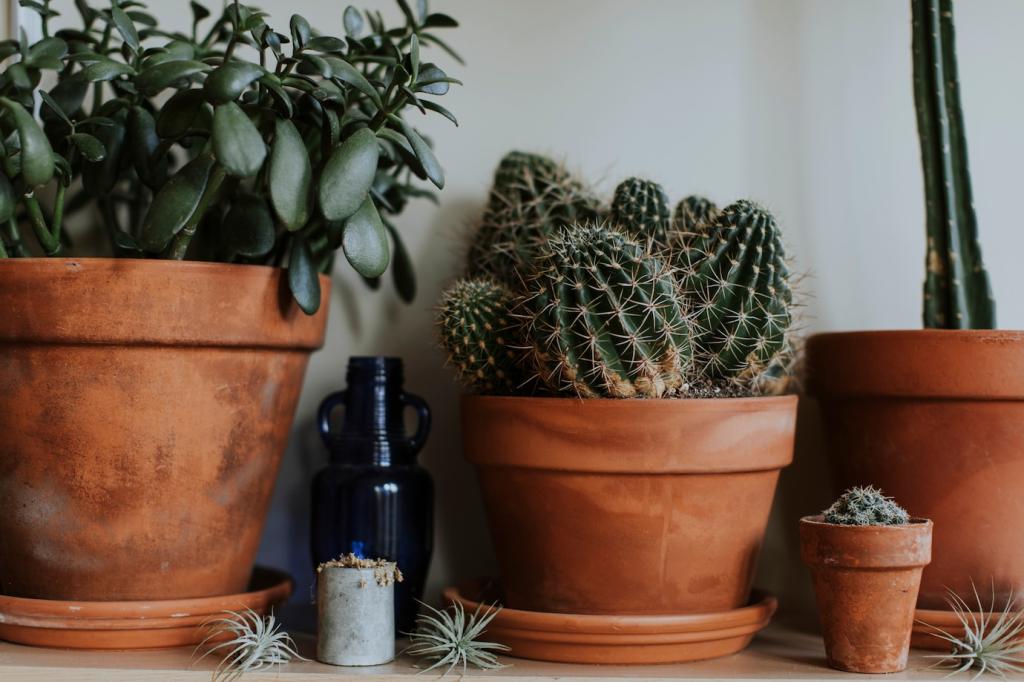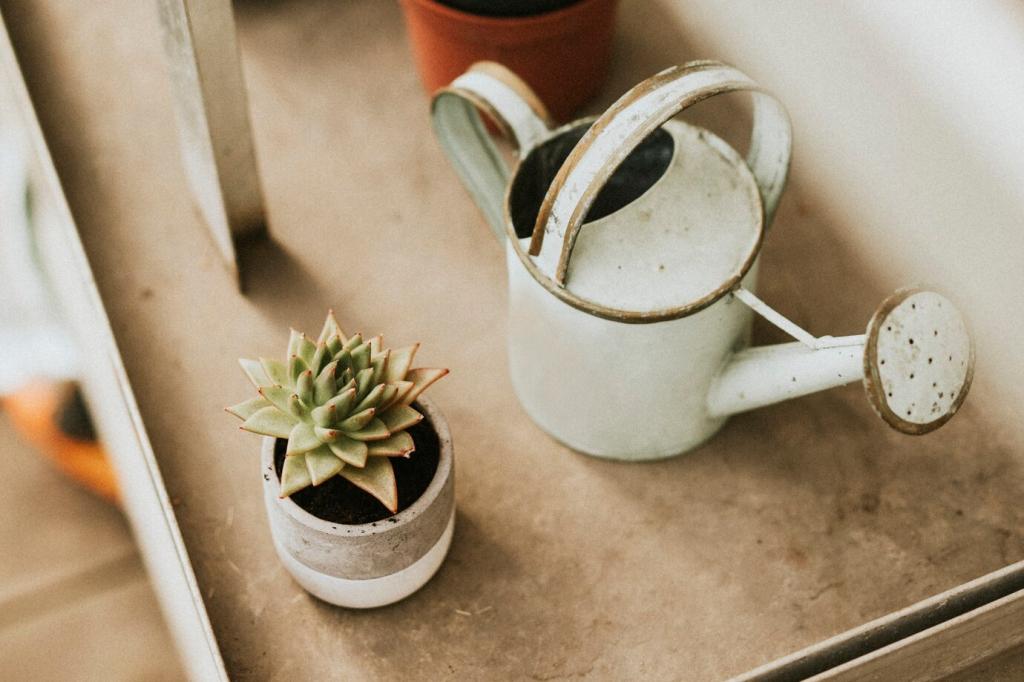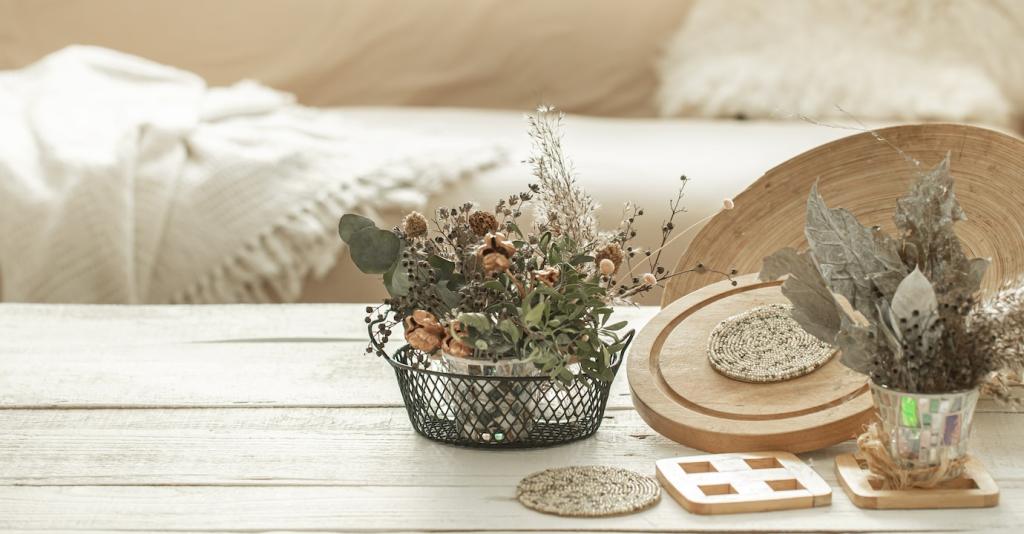Furniture for a Lifetime: Repair, Adapt, Reuse
We rescued a scratched oak dresser from a curb, added a reclaimed butcher‑block top, and fitted casters. Now it stores linens and anchors family breakfasts. Share your upcycling win to motivate newcomers considering their first rescue project.
Furniture for a Lifetime: Repair, Adapt, Reuse
Choose furniture assembled with screws, dowels, or clips rather than permanent glues. Modular shelves and legs adapt as life changes, preventing wasteful replacements. Tell us a piece you wish were modular; we’ll suggest hacks to make it flexible.
Furniture for a Lifetime: Repair, Adapt, Reuse
Create a measured wish list, color palette, and size limits before thrifting. Bring a tape measure and stain‑removal kit. Comment your top marketplace filters, and we’ll share a downloadable checklist for confident, zero‑waste furniture hunting.

